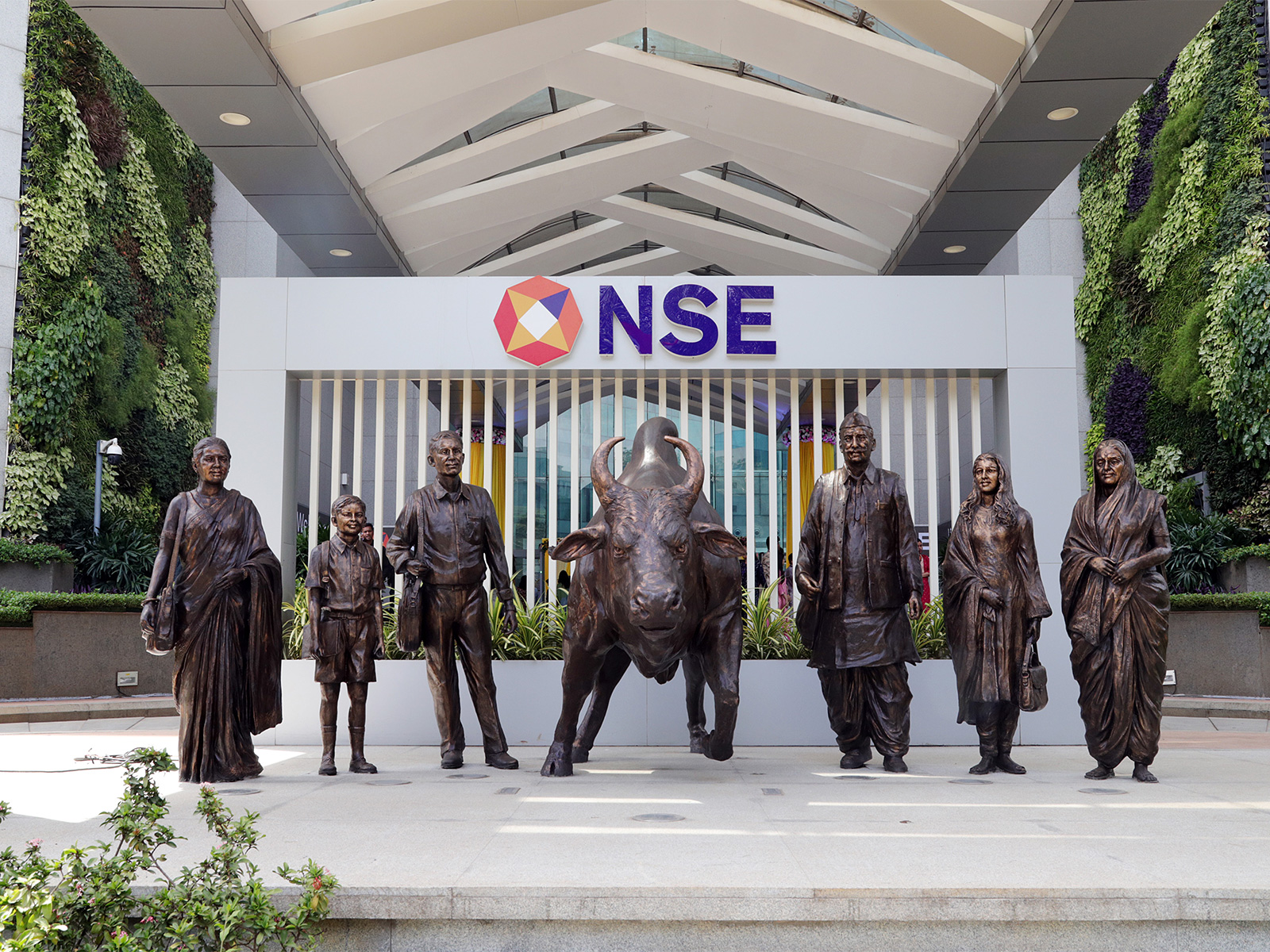Nifty delivers over 2,000 per cent return since its inception in 1996
Aug 14, 2024

Mumbai (Maharashtra) [India], August 14 : As India celebrates its 78th Independence Day, the country's stock markets stand as a testament to remarkable growth and resilience. The major benchmark index of the country Nifty 50 has given a return of more than 2000 per cent since its beginning in 1996.
The journey of the Indian stock market, particularly the Nifty 50 index, underscores the significant evolution of the financial sector over the decades.
The Nifty 50 index began its journey on April 22, 1996, with a starting value of 1136.28 point and has recently crossed 25,000 points a growth of nearly 22 times.
In less than four years from April 1996, as the country transitioned into the 21st century, the index had climbed to 1592.90 points, showcasing early signs of its potential.
By December 2, 2004, just days before the beginning of 2005, the Nifty 50 achieved a historic milestone, crossing the 2000-point mark. This achievement set the stage for further growth, but the journey was not without its challenges.
The global financial crisis of 2008 tested the resilience of the Indian stock market. At the start of the year, the Nifty 50 was trading around 6300 points. However, by the end of 2008, the index had plummeted to a low of 2500 points, reflecting the global economic turmoil. Despite this setback, India's financial sector showed remarkable strength. By December 31, 2009, less than a year after the crisis, the Nifty 50 had rebounded to 5200 points.
In September 2010, the Nifty index again reached the 6000-point mark after a gap of over two years, marking a significant recovery. As the country moved into 2014, the index was around 6300 points, but by the end of the year, it had surged past 8000 points, fuelled by the optimism surrounding the new single-party majority government at the centre.
A major milestone came on July 25, 2017, when the Nifty 50 hit the 10,000-point mark, a significant achievement coinciding with the implementation of the Goods and Services Tax (GST), a landmark reform in the Indian indirect tax structure.
The market faced another big challenge with the onset of the COVID-19 pandemic in early 2020. The Nifty 50, which had been trading at around 12000 points in January 2020, fell dramatically to about 7500 points by March 2020. This sharp decline was one of the most significant losses for the index in a short span. Nevertheless, the resilience of the Indian stock market was evident as the Nifty 50 began its recovery as the pandemic subsided.
The recovery was swift and robust. By 2021, the Nifty 50 surpassed the 15000-point mark, and the rally continued unabated. On August 1, 2024, the index achieved a new milestone, reaching 25000 points. This remarkable growth highlights the dynamic nature of the Indian stock market and its capacity to recover and thrive amidst various challenges.
The Nifty 50 hit the 20,000-point mark for the first time on September 11, 2023, and took 221 trading days from that level to reach 25,000 points on August 1, 2024. This journey from the early days of 1136.28 points to the recent milestone of 25,000 points underscores the evolution of the Indian financial sector and its integral role in the country's economic development.




















